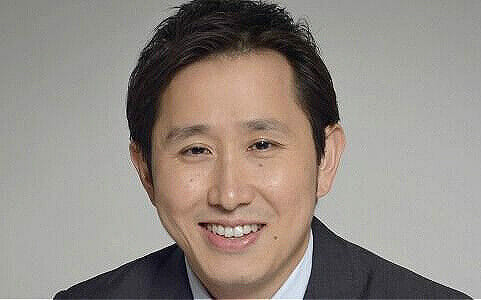

2nd century BC), a moral dimension is attached to the idea of yin and yang. In the ethics of Confucianism on the other hand, most notably in the philosophy of Dong Zhongshu ( c. In Taoist metaphysics, distinctions between good and bad, along with other dichotomous moral judgments, are perceptual, not real so, the duality of yin and yang is an indivisible whole. The yin and yang symbol (or taijitu) shows a balance between two opposites with a portion of the opposite element in each section. Either of the two major aspects may manifest more strongly in a particular object, depending on the criterion of the observation. According to this philosophy, everything has both yin and yang aspects (for instance, shadow cannot exist without light). Yin and yang can be thought of as complementary (rather than opposing) forces that interact to form a dynamic system in which the whole is greater than the assembled parts. The term "dualistic-monism" or dialectical monism has been coined in an attempt to express this fruitful paradox of simultaneous unity and duality. The notion of duality can be found in many areas, such as Communities of Practice.

This duality lies at the origins of many branches of classical Chinese science and philosophy, as well as being a primary guideline of traditional Chinese medicine, and a central principle of different forms of Chinese martial arts and exercise, such as baguazhang, taijiquan (tʻai chi chʻüan) and qigong (chʻi kung), as well as appearing in the pages of the I Ching.

Many natural dualities (such as light and dark, fire and water, expanding and contracting) are thought of as physical manifestations of the duality symbolized by yin and yang. It is believed that the organization of qi in this cosmology of yin and yang has formed many things. In the cosmology pertaining to yin and yang, the material energy which this universe was created from is known as qi. It can be compared with the old wuji ( 無極, "without pole"). 'great pole') is a Chinese cosmological term for the "Supreme Ultimate" state of undifferentiated absolute and infinite potential, the oneness before duality, from which yin and yang originate. Taiji or tai chi (simplified Chinese: 太极 traditional Chinese: 太極 pinyin: tàijí lit. Yin is the receptive and yang the active principle, seen in all forms of change and difference such as the annual cycle (winter and summer), the landscape (north-facing shade and south-facing brightness), sex (female and male), the formation of both men and women as characters, and sociopolitical history (disorder and order). In Chinese cosmology, the universe creates itself out of a primary chaos of material energy, organized into the cycles of yin and yang and formed into objects and lives. Many new and interesting concepts are presented in this text that we hope the readers will find useful and inspiring.Yin and yang ( / j ɪ n/ and / j æ ŋ/), yinyang, or yin-yang is a Chinese philosophical concept that describes opposite but interconnected forces. This book is especially written for graduate students and research engineers who work on noise reduction for speech and audio applications and want to understand the subtle mechanisms behind each approach. The other objective of Noise Reduction in Speech Processing is to derive all these well-known techniques in a rigorous way and prove many fundamental and intuitive results often taken for granted. The focus is on the most useful approaches, i.e., filtering techniques (in different domains) and spectral enhancement methods. One of the objectives of this book is to present in a common framework an overview of the state of the art of noise reduction algorithms in the single-channel (one microphone) case. This cleaning process is often called noise reduction and this topic has attracted a considerable amount of research and engineering attention for several decades. As a result, the microphone signal has to be cleaned up with digital signal processing tools before it is stored, analyzed, transmitted, or played out. Noise is everywhere and in most applications that are related to audio and speech, such as human-machine interfaces, hands-free communications, voice over IP (VoIP), hearing aids, teleconferencing/telepresence/telecollaboration systems, and so many others, the signal of interest (usually speech) that is picked up by a microphone is generally contaminated by noise.


 0 kommentar(er)
0 kommentar(er)
